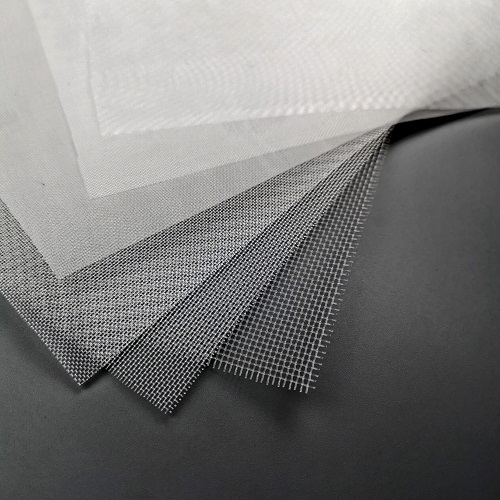The use of filter mesh in different kinds of industries is becoming very common. In an ideal situation, many manufacturers manufacture very high-quality metal components at inexpensive prices. The use of filter mesh is allowing many production companies to reduce cost with great precision for metal components.

When considering the production of filter mesh there are three things that carry great significance. These three things include the cost, quality, and speed of production. Unlike other manufacturing products, there is a great hindrance in producing metal filter mesh. It is impossible to achieve all three qualities in a single time.
It is common in its production to miss out on one thing or another. Due to the lack of production quality, researchers are devising ways to optimize the manufacturing. This is a special need for the parts of filter mesh that need precise measurements.
It is the need of the current time, to optimize the production for filter meshes. Another reason to consider the critical role of optimized equipment quality needs attention. The use of filter meshes is not only restricted to certain companies. Instead, it is becoming a part of different kinds of automobiles, Aerospace, and even different medical procedures. The quality and effectiveness of using a filter mesh are not comprise-able at all.
They are becoming a part of such major industrial sectors the company’s manufacturing these meshes must upgrade their ways. It is of utmost importance to understand the quality standards making a good mesh. Moreover, a good quality mesh takes time to build and money to upgrade the quality.
All these variations and up-gradation needs to follow the pricing modules and quality assurance tests. As it is not a set course, it is possible that the results vary even after changing the material quality, production technique, and much more. The inconsistency in this business is inevitable as is in many other industries. Hence, the researchers must optimize the production by integrating the best-case scenario and prepare for the worst-case scenarios.
As far as the metalwork concerns, there are some up-to-date techniques that can be very helpful. The use of photo etching techniques can assure to strike a balance between the features. It can amalgamate a healthy balance between the costing, quality, and the speed of the production. This is the only point of the entire filter mesh which the production team is certain about.
When producing metal meshes, the first question that comes to mind is the design. There are many different designs of a metal mesh. Although there are many different variations in style and size of the mesh hole, it is always a better idea to create a prototype beforehand.
Creating a prototype can help in assuring the tolerance level of the mesh and the fitness of the metal components for its desired purpose. Using a prototype for testing reasons can help point out any mistakes and correct them before major production. This is a trial and error-based technique which may take time as well as money. This may even escalate in both situations if the prototype behaves in an unusual way than expected.
Using different kinds of metals for making the filter mesh can also pose different issues. We already know that metals have distinguishable qualities which make the design unique. The most commonly used metals are aluminum, titanium, and many of their alloys. Some materials can challenge production by putting up functionality barriers. This may inadvertently affect the time and cost of the whole production.
After the prototype testing and achieving the final design that starts the whole production, comes the cutting. The cutting of the metal mesh is the most important and technical part. It demands the most amount of precision. The cutting makes use of different motions like stamping and water jetting.
When using mechanical tools and techniques like stamping and water jetting, they can often damage the edges of the filter mesh by crushing them. On the other hand, the laser cutting technique uses heat to cut the edges of the mesh. Unnecessary exposure to heat for a longer time period can also cause damage to the metal mesh.
At that point in time, the issues might seem nominal as well as resolvable but, they can affect the complication level of the entire procedure. Altering and correcting the edges of the metal mesh can add another layer of work simultaneously affecting the time and costing.
Yet another challenge faced by the production of filter meshes is the burring during the metal stamping. This technique can cause interference to the quality of the metal mesh. Each step in the production can face potential barriers and difficulties if not developed and thought over properly. And even if the entire process goes through rigorous brainstorming and testing, they might face challenges along the way in real-time.
The level of uncertainty and the complexity of the production of metal filter mesh can aggravate the cost. It is better to simplify the whole procedure by using the latest technique called photochemical etching. It is a subtractive machining process.
In this process, different parts are etched onto the metal with the help of ultraviolet rays. The idea behind using photo etching is to be able to do selective etching on the metal sheets which helps in the formation of the mesh.
There are many techniques for manufacturing metal filter mesh that includes stamping, laser cutting, and punching. Some even use water jetting to cut the metal mesh. Even after using all these elaborate techniques, it is highly unlikely to deliver a quality outcome. Therefore, the answer is photo etching. This is by far the most useful and optimal method of producing different kinds of meshes. It provides quality products with efficient costing and controlled timing reducing the risk factor by manifolds.
For More Information, Contact Us Today!

